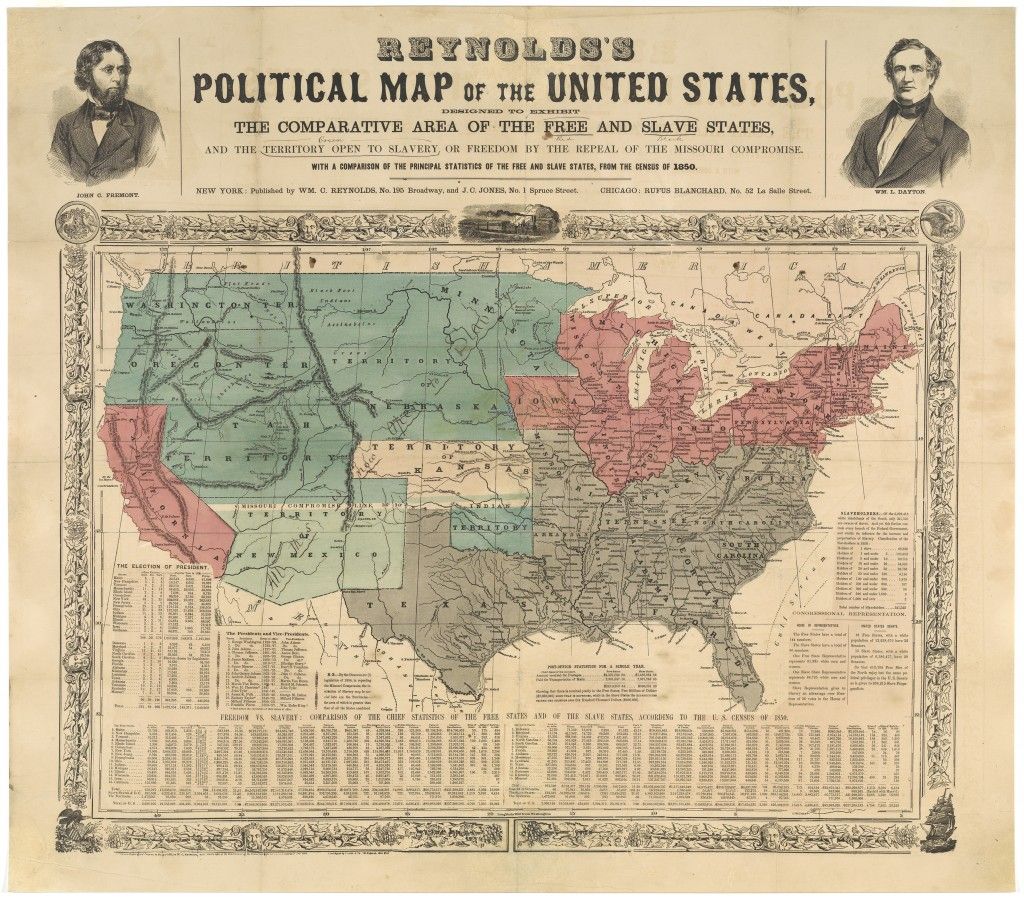
Many American Indian nations had formal groups which cross-cut kinship ties. These formal groups, known as voluntary associations, sodalities, warrior societies, military societies, and healing societies, had names, membership rules, and even their own special ceremonies. Among the Omaha there were two kinds of voluntary associations: (1) social groups, and (2) secret societies. Included in the social groups are the warrior societies. The secret societies often had knowledge of medicines which were used for healing. Ethnologists Alice Fletcher and Francis La Flesche, in their classic 1911 ethnography The Omaha Tribe, report:
“The secret societies dealt with mysteries and membership was generally attained by virtue of a dream or vision.”
While membership in some of the societies included both men and women, there were no societies which were composed exclusively of women.
The largest and most important of the Omaha societies was the Hethu’shka. This society was associated with the nature of thunder and membership was restricted to warriors. Alice Fletcher and Francis La Flesche report:
“It is said that the object in establishing the Hethu’shka society was to stimulate a heroic spirit among the people and to keep alive the memory of historic and valorous acts.”
When the Hethu’shka society met, the members would wear only the breechclout and a long bunch of grass representing scalps that the wearer had taken. The grass was attached to the belt at the back. Ethnographers Alice Fletcher and Francis La Flesche write:
“When the ‘dance’ became known to the Dakota tribes and the Winnebago, the significance of the bunch of long grass having been forgotten, they gave it the name ‘Grass dance,’ or the ‘Omaha dance.’ The latter name in recognition of the tribe from which the ‘dance’ had been obtained.”
The Omaha Pu’gthon society was restricted to chiefs and the Ki’kunethe society was composed of the leading men. The Ki’kunethe society gathered for social pleasure and discussion: its name means “to build a fire” and its purpose was to gather around a fire.
Some of the Omaha secret societies included the following:
- The Bear Society was a secret society composed of people who had had a dream of the bear.
- The Buffalo Society was open to men and women who had had a vision in which the buffalo appeared. This society used medicines for healing wounds.
- The Ghost Society was open to men and women who had the power to see the future, particularly approaching death. Ethnographers Alice Fletcher and Francis La Flesche note:
“The members of this society could also stop rain. This power was exercised only by request.”
- The Thunder Society was composed of men and women who had heard the Thunder beings in their dreams or visions.
- The Hon’hewachi Society was composed of men who had accomplished 100 or more prescribed acts and gifts. According to Alice Fletcher and Francis La Flesche:
“To achieve membership in this order was accounted one of the highest honors a man could secure, although it carried with it no political prominence.”
Members of this society had the right to tattoo the cosmic symbols of night and day on a young woman. The woman who carried these tattoos was known as a woman chief.
- The Shell Society was made up of five lodges, each with its own leader. Originally, the principal leader had been a woman, but as time went on this position came to be filled by a man. No dream was required for membership in the Shell Society, but members were required to be able to keep a secret and not to be of a quarrelsome disposition.
- The Pebble Society was composed of people who had had a dream of water, or of its representative, the pebble. The meetings of this society were secret and held at irregular intervals. The members of this society treated sickness by mechanical means: bleeding, sucking, and/or massage. At the feasts given by the Pebble Society, it was traditional that a white dog be cooked. According to Alice Fletcher and Francis La Flesche:
“The rituals and customs of the Pebble society are more primitive than are those of the Shell society and there are indications that the latter society has borrowed from the former.”
Healing Societies
Among the Omaha, there were five societies that specialized in curing the sick. These societies included:
- Grizzly Bear: this society specialized in dealing with symptoms that included swollen limbs, rheumatism, and related problems.
- Rattlesnake: this society cured stomach disorders by sucking the snake poison (spiritual poison, not actual poison) from the patient’s stomach and then spitting it away.
- Buffalo: membership in this society was composed of both men and women. The society treated open wounds with their knowledge of plant medicines.
- Ghost: the members of this society treated unconsciousness, paralysis, delirium, and insanity. All of these problems come from contact with ghosts.
- Water Monster: the members of this society obtained their power from Wakandagi, the Water Monster. They often extracted objects from the patient which caused disease. According to John J. Collins, in his book Native American Religions: A Geographical Survey:
“This society may ultimately be derived from the outside introduction of a Midewiwin type group from the Sauk and Fox.”
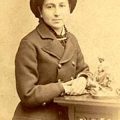
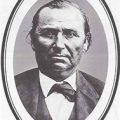
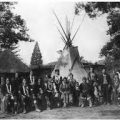
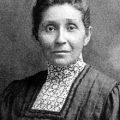
Leave a Reply